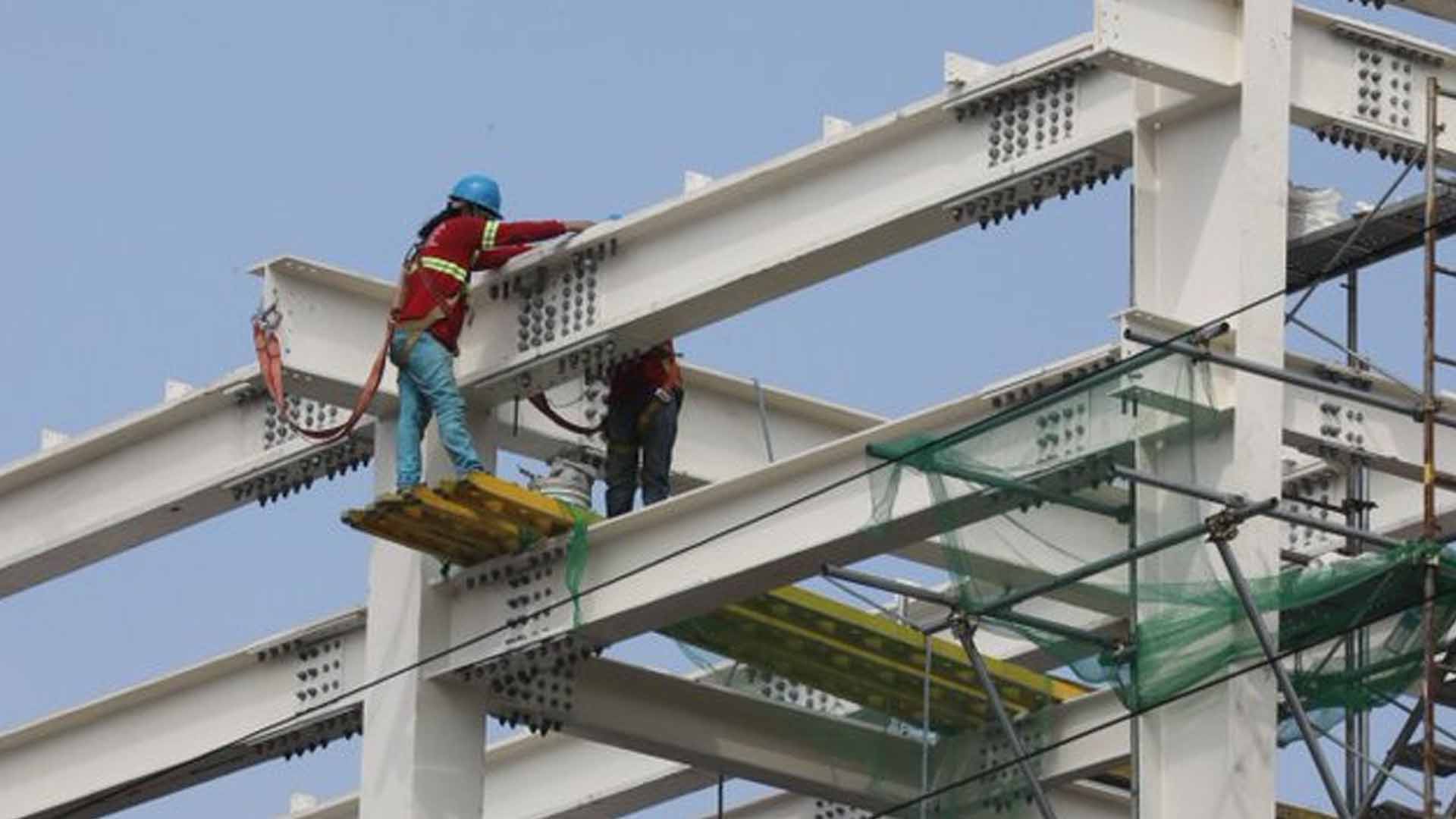President Ferdinand R. Marcos Jr. on Wednesday directed the Department of Transportation (DOTr) and the Department of Finance (DOF) to look for funds for the stalled Mindanao Railway project.
“I am ordering the DOTr and the DOF to work in tandem to explore financing sources for the 103-km Tagum-Davao-Digos Railway,” Marcos said in a speech delivered after the signing of the civil works contracts for the Davao Public Transport Modernization Project (DPTMP) at the Waterfront Insular Hotel in Davao City.
“Thus far, this ambitious project has been stalled by lack of funding, so let us go and hunt for the right funding engine that will pull this project to the finish line,” he added.
He was referring to the Tagum-Davao-Digos segment of the Mindanao Railway Project which is expected to reduce travel time from Tagum City, Davao del Norte to Digos City, Davao del Sur from 3.5 hours to 1.3 hours.
Marcos gave the directive, as he emphasized the need to have “commuter- and community-friendly transit systems.”
Marcos said the DPTMP is a testament to his administration’s resolve to provide commuters a “safe, reliable, and efficient” mass transportation system.
He added the project is part of his plans to develop Davao Region, saying it will give Davao City “a modern future with certainty.”
“This project is more than bringing people and their products to their destinations safe and sound. It should be rightly viewed as a major vehicle that will bring us to a better tomorrow,” Marcos said.
“So, once completed, this is certainly, as they call it, a game-changer. This project will become the template for public transport systems in other cities in our country. As a mass transport system, this people mover will provide faster and more comfortable commutes whilst decongesting streets filled with private vehicles, and improve road traffic.”
Marcos also emphasized the importance of completing the mass transport projects nationwide “on time, on specs, and on budget” to achieve his goal of building a “Bagong Pilipinas” (New Philippines).
He said the government must “move at full speed” in modernizing the country’s airports, railways, seaports, roads, transportation hubs, and active mobility structures.
“The infrastructure we are building must not only wipe out arrears of the past, but must respond to the needs of the present, and anticipate circumstances in the future,” he said.
Considered as one of the major programs to improve the transport system in the country, the DPTMP is a bus-based public transport system aimed at enhancing the mobility and accessibility for commuters in Davao City, anchored on the government’s Public Utility Vehicle Modernization Program.
The project will serve as the first network solution in the country designed to address urban congestion and mobility challenges, as well as provide a benchmark for public transit projects in neighboring cities.
It is projected to be fully operational by 2026, traversing 29 interconnected routes that cover a total length of 672 kilometers. (PNA)







